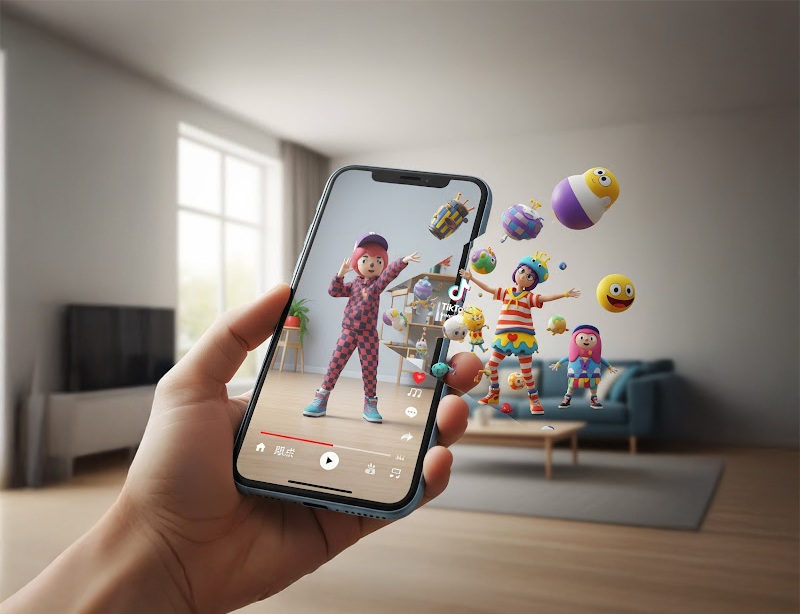Once upon a time, brands believed that short videos were for teenagers dancing to trending songs. Then TikTok happened—and suddenly, every corner of the internet began speaking in fifteen-second bursts.
Now, in 2025, the TikTok format has escaped its original habitat. LinkedIn has “snackable” professional tips. YouTube has Shorts. Instagram Reels are no longer optional. Even financial institutions, medical brands, and B2B tech companies are telling their stories in the same rapid-fire, visually punchy style.
Why It’s Happening
The shift isn’t just about trends—it’s about how audiences process content. In an era of infinite scroll, attention spans are less about patience and more about competition. A viewer who doesn’t engage in the first two seconds is already gone. Short-form video forces brands to hook fast, communicate clearly, and deliver value before the thumb swipes away.
For B2B and “serious” industries, this means rethinking the tone. A cybersecurity firm might use humor to explain phishing scams. A manufacturing company could show satisfying time-lapses of products being built. Serious content doesn’t have to be stiff—it just has to respect the audience’s time.
The New Playbook
In the TikTok-ified world, winning content tends to share three traits:
- Punchy hooks in the opening seconds.
- Highly visual storytelling—animations, transitions, bold text overlays.
- Relatable human moments that turn information into connection.
The real magic is pairing this style with data-driven targeting, so that these quick bursts of creativity are landing in the feeds of the right people, at the right time.
What It Means for the Future
As the format becomes universal, the challenge will shift from adopting short-form to standing out in short-form. Creativity, authenticity, and smart targeting will determine who gets remembered.
In short, TikTok didn’t just change social media—it rewired the way audiences expect to be spoken to. And in 2025, that’s a language every brand needs to speak fluently.
